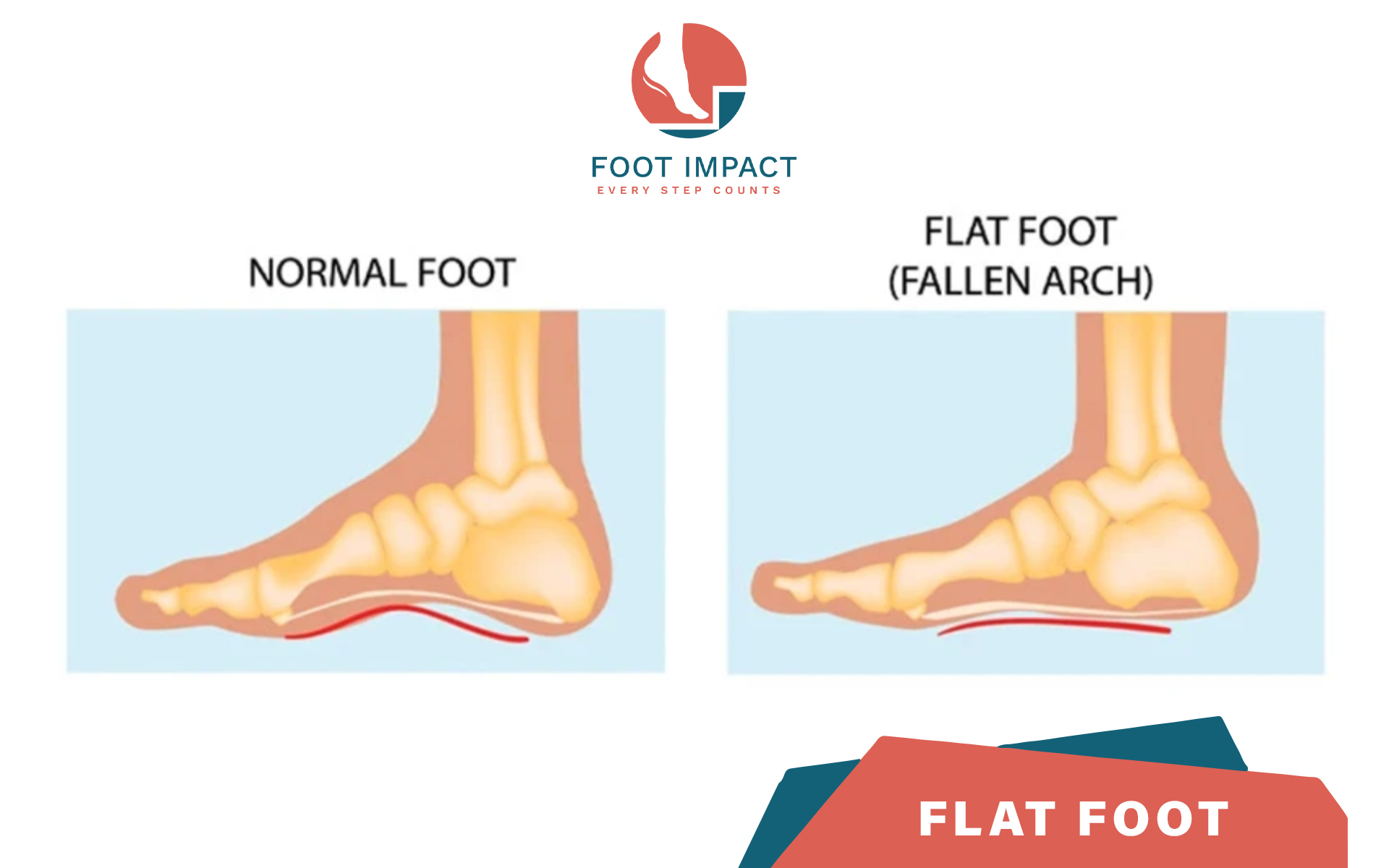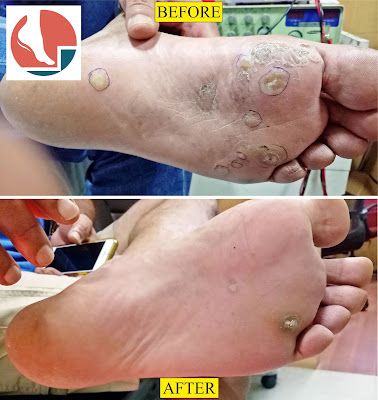Flat Feet Treatment: Key Information and Effective Solutions
In our day-to-day practice, we have discovered that many misconceptions have developed among people, especially about flat feet. People often react to it as if it’s a big disease or some kind of stigma. Many are reluctant to try Flat Feet Treatment, and a lot of misleading concepts have been circulating. Does having flat feet mean the end? No, it’s not over, dear friends.
Recently, I encountered a reel posted by a trainer discussing flat feet. Intriguingly, he suggested that simple exercises could potentially correct this condition and even advised discarding orthotic insoles. Initially, I was taken aback by this notion, wondering why he would make such a claim. However, upon further reflection, I realized that his approach was not entirely without merit. He was simply responding to the prevalent concerns and discomfort associated with flat feet treatment. Recognizing the need to address the stigma and fear surrounding this topic, I have compiled the best answers regarding flat feet based on my knowledge below.
Let’s understand Flat Feet.
Flat feet refer to the absence of the medial (inner side) arch under our feet. It is primarily supported by the Tibialis anterior and posterior, along with the fibularis longus, flexor digitorum longus, flexor hallucis, and the intrinsic foot muscles (and, of course, ligaments too). So, the foot bones, along with the soft tissues mentioned above, collectively support our arch.
This means that muscles alone are not responsible for maintaining or developing the foot's medial arch. Training the muscles won’t be enough to create an arch since it requires strong bones, ligaments, and intrinsic muscles as well. Out of these, only muscles and intrinsic muscles are trainable or can have their strength managed. Hence, Flat Feet Treatment involves more than just exercises.
Types and Severity of Flat Feet
Flat feet are broadly classified into structural and functional. In simple terms, functional flat feet mean that when sitting or non-weight-bearing, the arch appears, but it collapses under weight-bearing conditions. Another type is a reduced arch, which lies between the two extremes mentioned above. In this case, the arch is less than normal when standing, but it is still somewhat visible.
The severity of flat feet depends on age and the type of flat feet. For better understanding, we can categorize them into mild, moderate, and severe flat feet.
- Mild flat feet: Often functional flat feet or reduced arches in younger individuals (roughly 5–20 years) with little or no discomfort.
- Moderate flat feet: Reduced arch to structural flat feet with complaints, typically seen in individuals aged 5–40 years.
- Severe flat feet: Structural flat feet with significant complaints, such as ankle pain, knee pain, or lower back pain. Functional flat feet can also fall into this category if pain or deformities in the joints are present.
By focusing on complaints of pain rather than just age or severity, Flat Feet Treatment can be approached more effectively.
Major Approaches to Flat Feet Treatment
Interventions for Flat Feet Treatment are divided into two main categories: invasive and non-invasive.
- Invasive Treatment: Surgical intervention to correct flat feet. This includes procedures like arthrodesis (joint fusion surgery) or wedge osteotomy (bone wedge placement). While these surgeries reconstruct the foot, they require 12–14 weeks of rest, and there’s no guaranteed prognosis or recovery, making surgery a less desirable option in most cases.
- Non-Invasive Flat Feet Treatment: Preventive measures like exercises and orthotics are both effective and affordable. In my opinion, prevention is better than cure, and non-invasive methods should always be the first step in Flat Feet Treatment.
Non-Invasive Approaches
1. Rehabilitative Approach
This method uses exercises and techniques to manage flat feet. The exercises target the soft tissues mentioned earlier, such as:
- Heel raise and hold (starting with sitting, progressing to standing, and eventually adding weight).
- Toe raise and hold (graded similarly).
- Walking on toes and heels.
- Grasping the floor or a towel with the foot (for intrinsic muscles).
- Pressing an accelerator with resistance (a creative name for another foot-strengthening exercise).
While these exercises are part of an effective Flat Feet Treatment, it’s crucial to consult a physiotherapist, occupational therapist, or podiatrist before starting. They will assess your needs and assign the appropriate exercises for your condition.
2. Corrective Approach: Orthotics
When it comes to orthotics in Flat Feet Treatment, many think of soft insoles found in stores, but those won’t provide the necessary support. Orthotics should support not only the fallen arch but the entire foot. The design of these orthotics must be prescribed by a podiatrist or foot specialist after assessing your arches and gait pattern. Properly designed orthotic insoles realign the walking pattern and weight distribution, but users need to gradually adapt to these changes.
If patients start using orthotic insoles without a proper habituation process, they might experience discomfort. This can lead to the misconception that orthotics don’t work. However, when used correctly, they provide significant relief and long-term benefits in Flat Feet Treatment.
The Right Approach
In conclusion, the best approach to Flat Feet Treatment is a combination of appropriate orthotic insoles and exercises. Mild to severe flat feet can be effectively managed with rehabilitative methods. Surgery should only be considered as a last resort, given its high risk of failure.
For individuals aged 60 or above, orthotic insoles may be the only practical solution, as their flat feet might be too rigid for exercises to be effective. Ultimately, a proper Flat Feet Treatment plan requires consulting professionals and making lifestyle adjustments for long-term foot health.
Struggling with foot pain or discomfort from flat feet? Don’t let it impact your daily life any longer! Discover personalized solutions with expert-guided Flat Feet Treatment and start your journey towards better foot health today. Reach out for a consultation and step into a pain-free future!
>>>>> gd2md-html alert: inline image link here (to images/image1.png). Store image on your image server and adjust path/filename/extension if necessary.
(Back to top)(Next alert)
>>>>>




